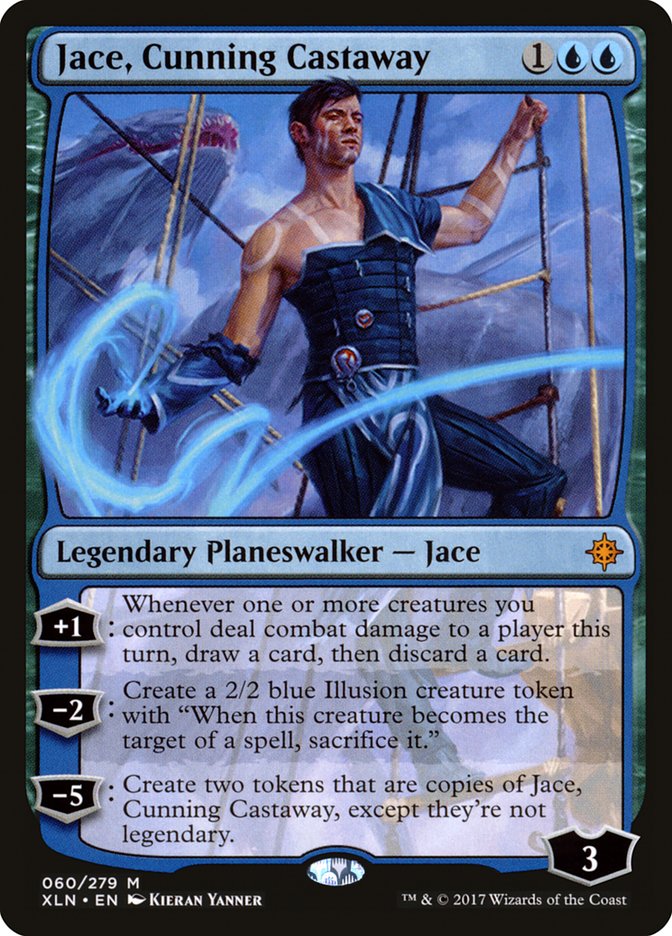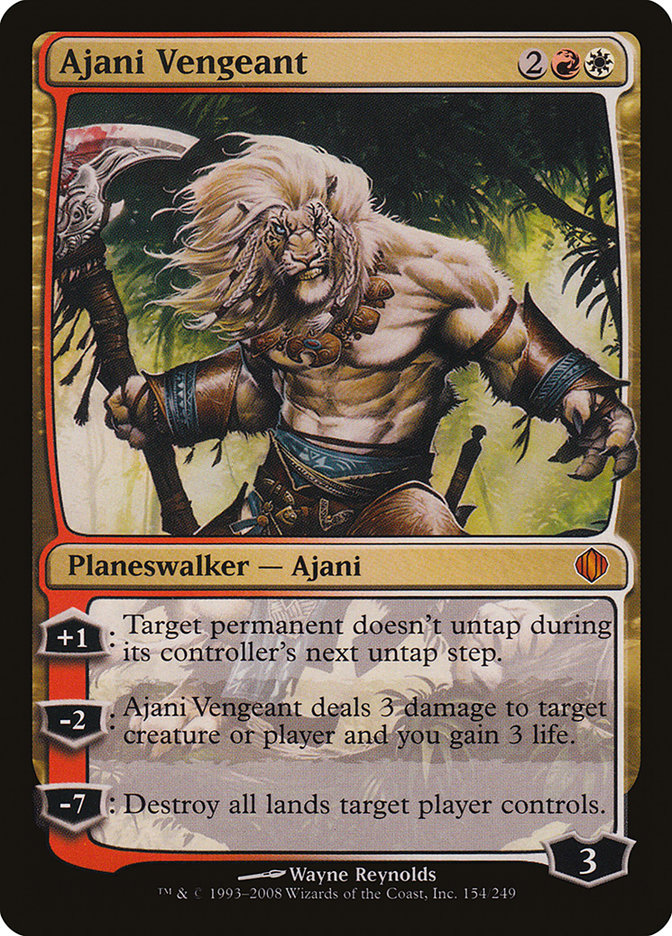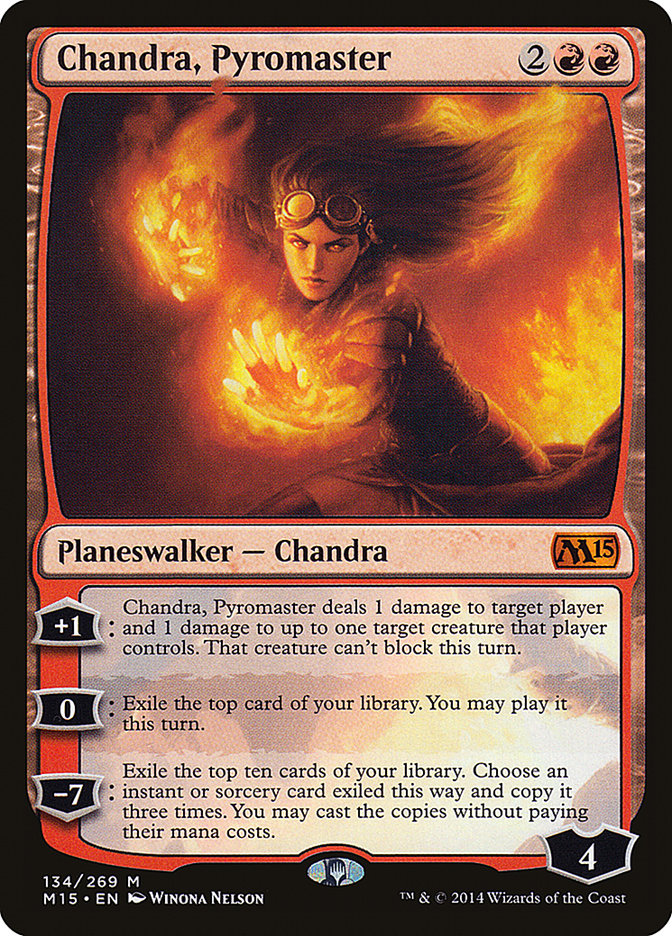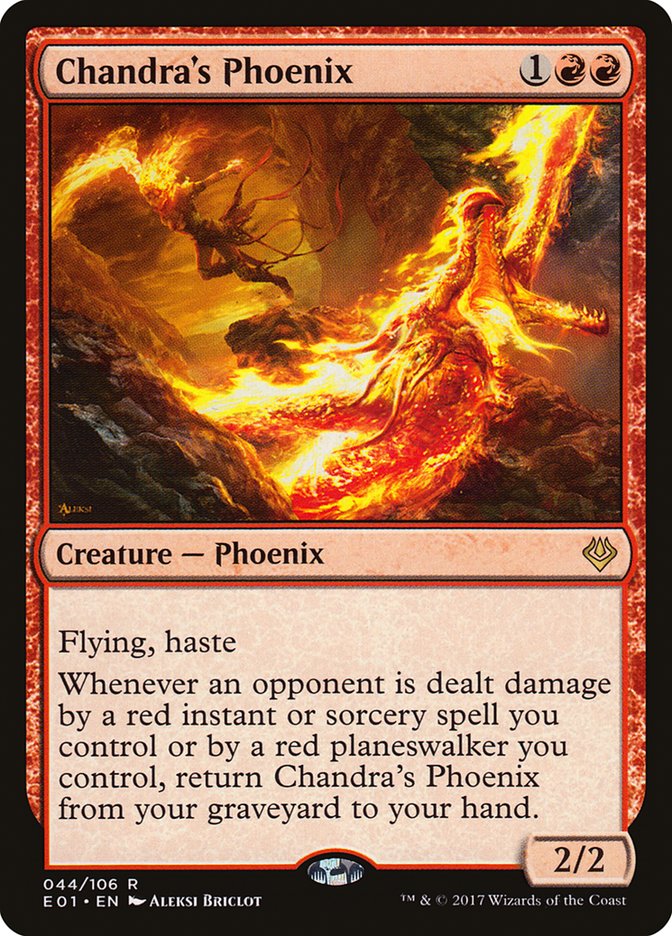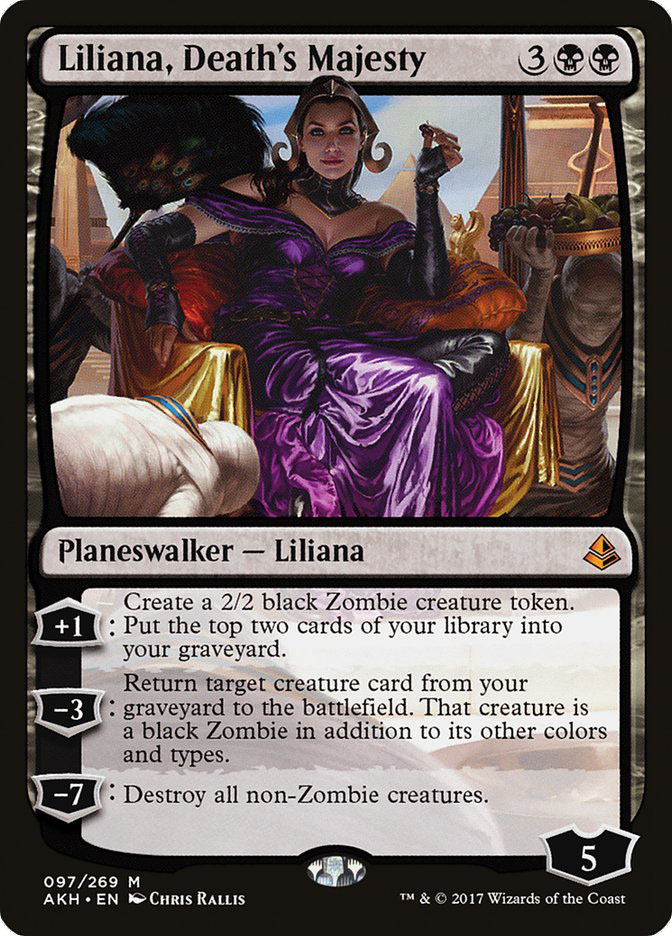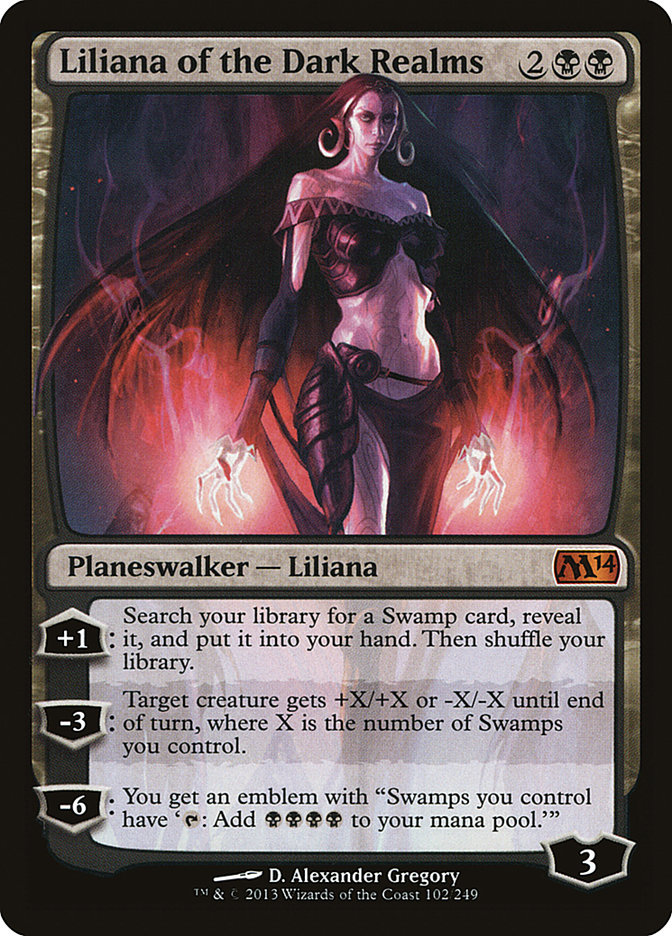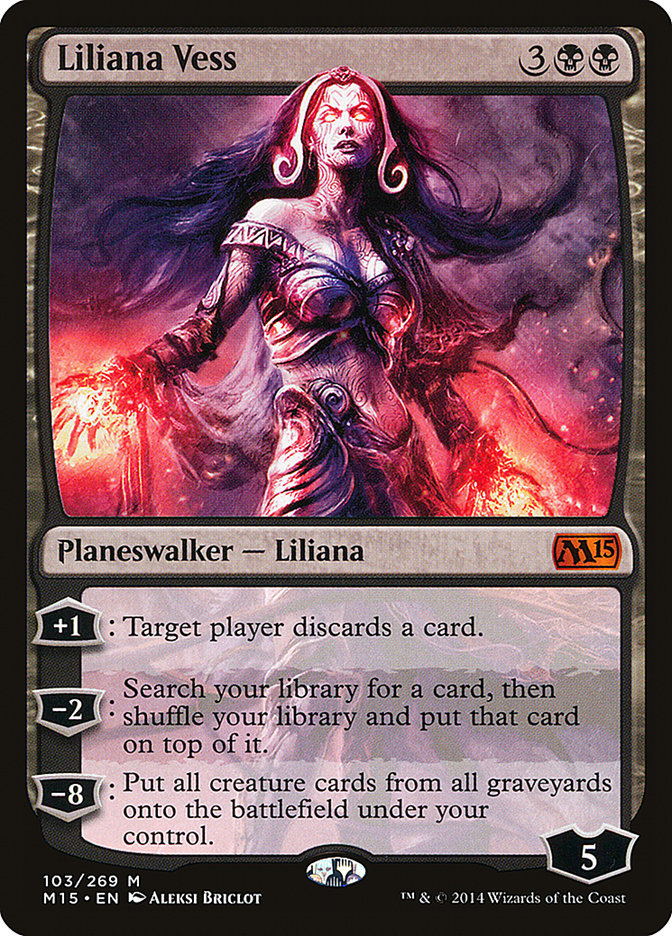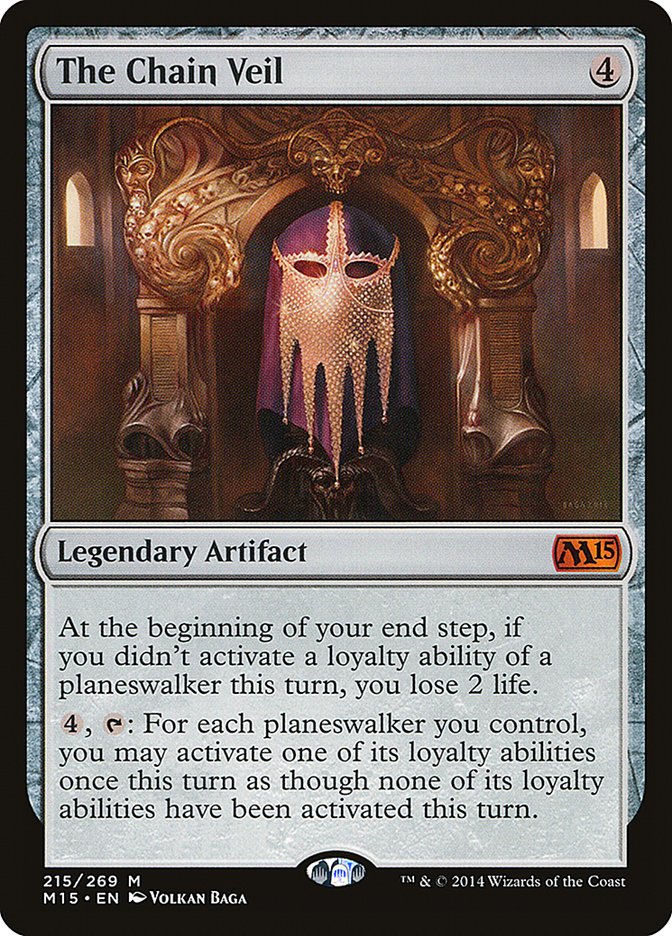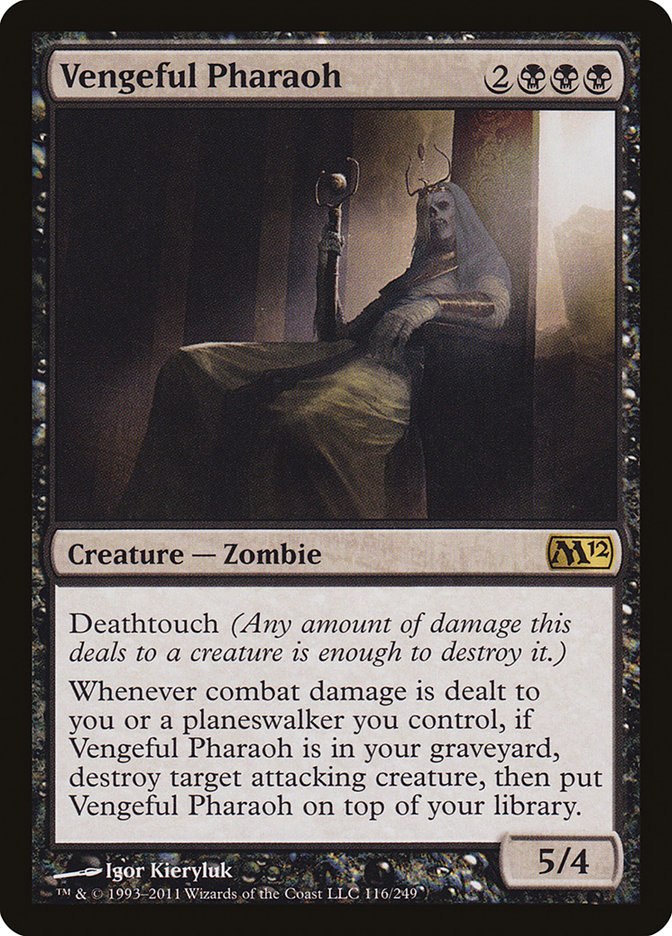One of the most important things to come out of Ixalan is a rules change. Without knowing that rules change, this card might be hard to parse:
Matt Tabak addressed the rules change in an article late last month. The short version is this: the former “planeswalker uniqueness rule” is going away, and the old planeswalkers are being given the supertype “legendary,” which means that they will be subject to the “legends rule;” this means that you can have two differently named “Jaces” on the battlefield.
For a geek like me who grew up with the original Doctor Who, it definitely called up images of team-ups with many of the incarnations of The Doctor.
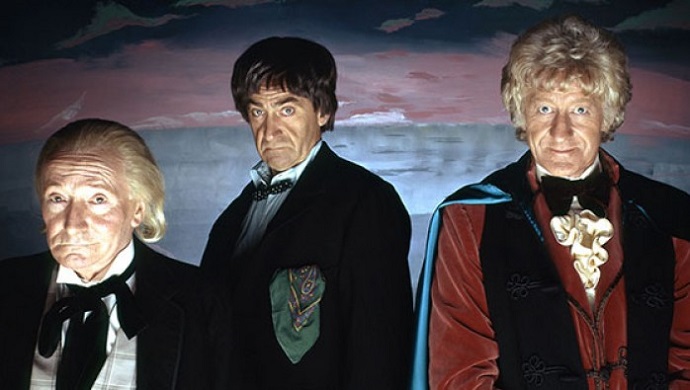
Clones, multiples, alternate universe selves – whatever we’re calling them, now we’re going to live in a world where one of your Jace Beleren can be working with another Jace – sporting a goatee – and be working with another Jace – perhaps marred by an eyepatch.
Alterists: time to get to it.
The most important place for this is certainly Modern, where the amount of viable planeswalkers for competitive play is at its highest.
Once Ixalan hits, a quick count of Modern-legal planeswalkers is interesting. Five Garruks. Six Gideons. Seven Lilianas. Eight each of Chandra, Nissa, and Jace (counting Jace, Cunning Castaway). Hell, there are even four Modern-legal Sorins. There numbers might be higher by the time Ixalan is fully revealed, but as of today, that is the count.
Of course, there is a very huge limiting factor: some of these planeswalkers were never intended for competitive play. Others never hit the bar.
When we think about the planeswalkers which are important in Modern, a robust examination starts us with probably one planeswalker above all others:
There have been moments where this card was the centerpiece of Jund and another midrange deck that we used to call “The Rock” and “Junk.” There really haven’t been other planeswalkers that are so often demanding four copies of them in nearly any deck that has chosen to use it. Karn Liberated might usually be a four-of in traditional builds of Tron, but other decks that run Karn Liberated often only run a pair. Seeing a deck chose to run Liliana of the Veil at less than four was pretty uncommon.
Now, there are many examples one could point to where this was not the case, especially after the printing of Liliana, the Last Hope, which cut into the calls to play Liliana of the Veil, but until the various Death’s Shadow decks reared their ugly heads, we’d expect to see four Dark Confidant right next to four Liliana of the Veil. After Liliana, the Last Hope, you’d start to see some mixing and matching, but often, four copies would be the limit – Karn Liberated, as the only Karn planeswalker, didn’t have this limit.
Of course, every planeswalker has their own story, their own set of motivations, and in the world of competitive Magic, their own sphere of influence that impacts when you decide to give them real estate in a list. Any card choice is a choice to not run another card. After all, the most common correct number of copies of a card to play in a deck is zero.
Let’s first take a look at some planeswalkers that are going to struggle to take care of the change from “planeswalker uniqueness” to the “legendary” rule.
Lessons from the Lesser (but Playable) Planeswalkers
Nissa has eight versions that are Modern-legal. Its story is a common one for planeswalkers in Modern.
What really ends up keeping most planeswalkers out of Modern is that they aren’t good enough. With all of these versions of the card, only one version, Nissa, Voice of Zendikar, has a reasonable finish in a major event.
Creatures (10)
Planeswalkers (7)
Lands (21)
Spells (22)

There are some great Nissa cards. They just are mostly below the bar. This deck does a great job of making use of Nissa, Voice of Zendikar, but even that card is struggling to reach the bar for Modern, and it doesn’t have any other versions to help bring things over the hump.
Let’s check out another near-miss.
There are plenty of decks in Modern that want to play this planeswalker:
Then, the pickings get slim.
Ajani Vengeant is a hell of a planeswalker. Still, it is often a card we only expect to see as a one- or two-of. There are six other versions of Ajani you could play to join with it, but really, only two – Ajani Unyielding and Ajani, Mentor of Heroes – that feel like they could complement Ajani Vengeant. Even so, those cards don’t really feel like they are at all cards that are worthy of the power level of Modern.
There are arguments about Ajani, Caller of the Pride as being good enough for Modern, but it doesn’t feel like a deck using that card would also want to use Ajani Vengeant.
The story of Ajani, Ajani Vengeant, and the change to the rules is better than many – yes, you can play multiple Ajani, but there really isn’t much incentive to do so.
Let’s check out a very different situation, in the form of Sorin.
There are only a handful of Sorins to choose from.
There has been some decent success for a few of the Sorins.
Creatures (4)
Planeswalkers (9)
Lands (23)
Spells (24)

The other four-cost Sorin also makes an appearance in another reasonably successful deck:
Creatures (10)
Planeswalkers (1)
Lands (19)
Spells (30)

I played Sorin, Lord of Innistrad in a Modern Grand Prix last year, and I definitely beat up on some Eldrazi with it. However, I only played a single copy.
Planeswalkers (10)
- 2 Gideon Jura
- 2 Karn Liberated
- 1 Sorin, Lord of Innistrad
- 2 Elspeth, Sun's Champion
- 3 Chandra, Flamecaller
Lands (23)
Spells (27)

I could imagine one Sorin, Grim Nemesis in an update of this deck, somewhere in the 75. But it seems unlikely that this core is reasonable, and on top of that that there would be a compelling reason to make room for the six-drop.
Here, though, we still have a reasonable thing to contemplate. Even if you might only care to run one or two copies of one of the Sorin, you might have a reason to run the other as well because they no longer get in each others’ way.
A lot of planeswalkers of all kinds of names will have versions that remind me of the Sorins: a version might make sense to play in very small numbers, and if it happens to also be in a deck that might decide it has reasons to run another of the same type of planeswalker, well, so much the better.
Most versions of a planeswalker simply aren’t playable. Of those that are playable, we’re still getting value from adding even a single copy of a “variant” planeswalker of the same subtype if it makes sense to play it. However, the number of copies of a card will still be dictated by the utility of that card in the first place.
Take Jace, for example. The only Jace that consistently sees play in many copies is Jace, Vryn’s Prodigy. In addition to that, we sometimes see Jace Beleren or Jace, Architect of Thought in Modern, but that’s about it. The utility of the cards self-limits how much we might see them. Jace, Vryn’s Prodigy (flipped to Jace, Telepath Unbound) will maybe very occasionally see play with Jace Beleren or Jace, Architect of Thought, but they aren’t necessarily natural partners. Jace, Cunning Castaway doesn’t look to me to change the math in Modern.
Now, let’s check out a few planeswalkers where we can actually get some return value.
Chandra
The cornerstone of any deck hoping to use Chandra is almost certainly going to be Chandra, Torch of Defiance. Chandra, Torch of Defiance is a card that can defensibly be played as a four-of in Modern, though we’ve been far more likely to see it as a three-of.
Here are some examples:
Creatures (10)
Planeswalkers (5)
Lands (4)
Spells (41)

Creatures (8)
Planeswalkers (6)
Lands (22)
Spells (24)

Creatures (5)
Planeswalkers (10)
Lands (24)
Spells (21)

The obvious and exciting thing to add to any of these decks if we want to increase our Chandra count is Chandra, Flamecaller. One Chandra very neatly leads into the next Chandra in a way that is absolutely natural and powerful. Each of these decks takes a controlling stance, and each of these decks might want to run a card with the sweeping, finishing, and card-drawing power of Chandra, Flamecaller, which, if used, would likely be as a one- or two-of.
After that, though, I actually think that other Chandras are worth thinking about, as they mutually increase each other’s power.
There is a reason that this card saw light play in Jund several years back. While Chandra, Torch of Defiance has a lot in common with this card in terms of the value it can offer, it is easy to imagine one or two copies of Chandra, Pyromaster sharing space with Chandra, Torch of Defiance. One of the big reasons is that Chandra, Pyromaster is better at clearing up little creatures, like those spit out by Lingering Souls. This card won’t join in as often as Chandra, Flamecaller, but I could see it being a one- or two- of.
This card may be a surprise for many, but I absolutely think this card warrants thought in support of the other Chandras out there. This Chandra was able to hang in Standard in the era of Tarmogoyf. Even if it might die doing so, Chandra Nalaar can take out creatures as huge as Titans. More often, though, it won’t need to do that much damage and could simply hit he batlefield, take out something with four or five toughness, and then tick up. In conjunction with other Chandra, it can easily help keep a batlefield very clear. If used, this would probably only be a one-of, but that’s just fine.
The effect of multiple Chandras does call to mind another card:
In a way, I see this like a little pet which actually could do a lot to support a Chandra deck, helping to defend Chandra as it ticks up and also as a means to simply end games.
Chandra has a great anchor card in Chandra, Torch of Defiance. The support is a little thin, but I won’t be surprised to see two Chandras on the battlefield on one side at some point soon in Modern.
Garruk
The funny thing about the Garruks is that every single one of them is a card that I think could be worth of inclusion in a Modern deck. The anchor Garruk, though, is certainly Garruk Wildspeaker.
Garruk Wildspeaker is a mainstay four-of in various versions of big-mana green decks, be they Green Devotion, Tooth and Nail, Genesis Wave, or other strange choices. Here is one such deck:
Creatures (18)
- 2 Birds of Paradise
- 1 Eternal Witness
- 1 Chameleon Colossus
- 1 Acidic Slime
- 4 Arbor Elf
- 1 Primeval Titan
- 1 Hornet Queen
- 1 Scavenging Ooze
- 1 Craterhoof Behemoth
- 4 Burning-Tree Emissary
- 1 Dragonlord Atarka
Planeswalkers (3)
Lands (15)
Spells (24)

Typically, these decks power out obscenely fast big spells via Utopia Sprawl and help from Arbor Elf. Garruk Wildspeaker is a reliable way to get big mana as well, and getting to seven mana or more is commonplace the turn after you drop it. If you also have a slew of little creatures, you might just kill them on the next turn.
Outside of Mono-Green are other options, though.
Creatures (17)
- 4 Birds of Paradise
- 1 Wood Elves
- 2 Eternal Witness
- 1 Acidic Slime
- 1 Sphinx of Lost Truths
- 4 Arbor Elf
- 1 Elesh Norn, Grand Cenobite
- 2 Thragtusk
- 1 Emrakul, the Promised End
Planeswalkers (1)
Lands (18)
Spells (24)

Where the expensive other Garruk cards might otherwise be unthinkable in Modern, like Chandra, Torch of Defiance, Garruk Wildspeaker actually makes the idea of casting any of the other Garruks absolutely worth thinking about.
Garruk, Apex Predator becomes worth thinking about in that scenario, albeit likely “only” as a sideboard card. It is still a bit of a stretch, but within the realm of potential.
Garruk, Caller of Beasts, on the other hand, feels like it could be well in the range of possibility in a deck like Anthony Skrzypczak’s Mono-Green Devotion deck. Digging for creatures or putting them onto the battlefield for free are in the range of what this kind of deck might want to do, especially if facing down an opponent who can create a grind, again as a one-of.
Garruk Relentless is the card that actually saw a fair amount of play in Jund and a few other decks in the past. More of a midrange card, it doesn’t fit as neatly into the mana-production plan Garruk Wildspeaker asks of decks playing it, but it is in the realm of possibility for more controlling concepts, like, for example, a Death Cloud deck which might want the mana of a Garruk Wildspeaker and the control of a Garruk Relentless.
Liliana and Gideon
Once we get to these two, things start getting real.
These are both very different planeswalker styles, but they have something in common: they have strong payoffs for running multiples.
Let’s start with the Lilianas.
Liliana of the Veil and Liliana, the Last Hope have both secured their places in Modern. Interestingly, sometimes people even disagree about whether to use one or another card.
Creatures (13)
Planeswalkers (2)
Lands (17)
Spells (28)

Creatures (13)
Planeswalkers (2)
Lands (17)
Spells (28)

How amazing is that when you think of it? Two different planeswalkers with a significantly different impact on play both seeing play in essentially the same deck on the same weekend with two people who collaborated in the work on that deck. Sam’s take on which Lili to play is different from Gerry’s take on which Lili to play, but they both came to an agreement that they wanted two cards which approached the game from such a different angle as a planeswalker would.
If you explore the ways in which these cards are similar, one can see why a player might choose one card or the other: they both are able to help a game when it is in a grind, and they both can be highly effective in opposition to a certain class of cards. Liliana of the Veil is better at taking down the bigger plays of an opponent but gets you less ahead if it is removed. Liliana, the Last Hope is better against the smaller plays of an opponent and can pull you ahead in a game even if it has been removed. Both cards have an ultimate that usually will win a game to a greater or lesser extent, but the real pull of the cards is definitely more in the part of the game leading into that ultimate rather than the ultimate itself.
Liliana of the Veil has seen play as a four-of in many decks. Finding noteworthy Liliana, the Last Hope decks that play more than two is hard. Finding decks that play both is not that hard at all.
Creatures (16)
Planeswalkers (4)
Lands (21)
Spells (19)

Steve Hatto’s deck isn’t just running four copies of Liliana planeswalkers, it is running a fifth in the sideboard. This, in itself, is proof that the “planeswalker uniqueness” rule is a limiting factor that keeps people from pushing into more than four copies, but there is significant reason to consider taking that extra plunge for more copies anyway.
Liliana of the Veil and Liliana, the Last Hope do something quite interesting as well: they have synergy in how they control a game on both of their powers. Lingering Souls is traditionally a horrifying enemy of Liliana of the Veil, as is any swarm, but Liliana, the Last Hope cleans those kinds of cards up easily. Conversely, a bigger creature is hard for Liliana, the Last Hope, but Liliana of the Veil can make short work of that. Discarding cards can be quite difficult for a Liliana of the Veil player, as they start running out of gas for actual plays, but Liliana, the Last Hope can rebuild the lost cards or provide fodder for discard to protect the cards you really want to use, as needed.
Beyond these two cards, though, several of the other Lilianas actually seem like they bear mentioning.
This Liliana can work with Liliana, the Last Hope to fill a graveyard and have fodder to return creatures, but it also can work with Liliana of the Veil to get out a powerful creature far more rapidly than might have otherwise been possible. Five mana is quite hefty in Modern, but when supported by a strong control package, it can be a powerful option in the right maindeck, perhaps even at two copies. This could mean, for example, a rational Liliana deck with eight or more Lilianas!
These two are more of a stretch, but both cards can help grind out a game and put it away. If either of these were to be played, it would likely be as a one-of, gaining value as a supporting strong control card.
Also worth discussing in this context are two other support options.
The Chain Veil is a pretty bad card in a world where you have to invest eight mana to get an impact and you are likely to only have a single planeswalker that has an ultimate worth thinking about. If, however, you have several relevant planeswalkers in your deck worth playing, and perhaps several on the battlefield at once, this card becomes worth contemplating. (Chandra is another planeswalker who inspires thoughts with this card.)
If this card is just getting randomly dumped into a graveyard from a hand or the library, it seems like a pretty awesome defense measure. While you might actually not care to draw the card, fetchlands can be a good way to preserve your draw step.
Hitting the baseline for the deck, the starting place, if we’re keeping the concept within the framework of Liliana’s successes in the past, is to run four Liliana of the Veil and two Liliana, the Last Hope. Here, we know we’re running the numbers of the card that have been most vetted by past success.
Here is one take, basically working off of the baseline of Hatto’s.
Creatures (14)
Planeswalkers (6)
Lands (21)
Spells (19)

I particularly love the way that the late-game of this deck feels so inexorable. Eternal Witness is a cruel card in conjunction with Liliana, the Last Hope. The power level of all of the cards just is incredibly high. In a world where Lightning Bolt is no longer seemingly necessary, the pull towards making this deck into something like Jund feels almost absent. Fatal Push takes care of so much, and the remainder of so many problematic cards can get solved by the two Liliana and Maelstrom Pulse.
Of course, once you start thinking about all of the three-drops in here, it starts to feel reasonable to look to other moments when decks like these were running a little bit of fast mana. Take these two decks from years back:
Creatures (20)
- 4 Dark Confidant
- 4 Tarmogoyf
- 3 Scavenging Ooze
- 2 Olivia Voldaren
- 2 Huntmaster of the Fells
- 1 Thundermaw Hellkite
- 4 Deathrite Shaman
Planeswalkers (3)
Lands (22)
Spells (15)
Sideboard

Creatures (17)
- 4 Birds of Paradise
- 4 Tarmogoyf
- 4 Knight of the Reliquary
- 1 Sun Titan
- 1 Elesh Norn, Grand Cenobite
- 3 Deathrite Shaman
Planeswalkers (3)
Lands (22)
Spells (18)

Very different decks, both fueled by the obscene power of the now-banned Deathrite Shaman, they pushed into their more powerful plays a bit sooner. This isn’t a concept that is wholly of the past, either, as shown by another midrange deck from GP Birmingham this year:
Creatures (16)
Planeswalkers (4)
Lands (20)
Spells (20)

Taking this deck and shifting it a bit to accommodate extra Liliana and a pure G/B shell is easy.
Creatures (18)
Planeswalkers (6)
Lands (19)
Spells (17)

Elves of Deep Shadow is no Deathrite Shaman (of course!), nor is it even Noble Hierarch, but in a world where you may want two black mana for your three-mana planeswalker on turn 2, it feels like a good call.
This deck sacrifices a few removal spells for a faster early- and mid-game, and it gives up the crushing late-game Eternal Witness. Deploying Liliana on turn 2, of whatever kind, is pretty intensely powerful.
Of course, the planeswalker that has, perhaps, the most potent reason to love the change in the rules getting rid of the “Planeswalker Uniqueness Rule” come Ixalan is…
The reason that the rule change will have an impact is because of the unlikely anchor in Gideon of the Trials.
Gideon of the Trials undoubtedly has a very powerful ability in its emblem. “As long as you control a Gideon planeswalker, you can’t lose the game and your opponents can’t win the game” – that’s pretty good, period, but it’s huge if you can have multiple Gideons on the battlefield.
This is particularly the case when one of those Gideons is Gideon Jura.
Gideon Jura naturally helps keep any other Gideon on the battlefield alive. Gideon of the Trials also naturally helps keep any other Gideon on the battlefield alive. Together, mixed with a little bit of other removal, and it’s hard to imagine someone being able to do much of anything to win the game unless they have more specialized answers.
Gideon Jura is often played as a one-of in many decks, but when it is also a card that can have a “don’t lose” attached to it, it becomes more appealing. In fact, many decks have run it at a larger count. Take this deck:
Creatures (5)
Planeswalkers (10)
Lands (24)
Spells (21)

Gideon Jura and Nahiri, the Harbinger are such natural allies, it makes sense to think of them in the same breath. With the rules change, fitting in a card like Gideon of the Trials seems wildly more appealing.
Here’s a quick take:
Creatures (5)
Planeswalkers (12)
- 1 Ajani Vengeant
- 2 Gideon Jura
- 4 Nahiri, the Harbinger
- 2 Chandra, Torch of Defiance
- 3 Gideon of the Trials
Lands (15)
Spells (28)
- 3 Wrath of God
- 8 Plains
- 1 Mountain
- 4 Blood Moon
- 4 Chalice of the Void
- 3 Lightning Helix
- 2 Anger of the Gods
- 2 Banishing Light
- 1 Blessed Alliance
Sideboard

This deck’s cornerstone is certainly the Nahiri, the Harbinger / Emrakul, the Aeons Torn combo, but you don’t need to go that direction. A U/W Control shell also can have some appeal.
Check out this:
Creatures (3)
Planeswalkers (6)
Lands (18)
Spells (33)

In addition to the joy of being able to maximize Gideon of the Trials as a kind of pseudo-Icy Manipulator to push people into your Supreme Verdict, you also get the incredible power of Pact of Negation with Gideon of the Trials that I’ve talked about before.
Frankly, it feels pretty obscene to play Gideon of the Trials in the same deck as Pact of Negation and Snapcaster Mage.
When you look at the rest of the deck, there are a lot of straightforward things going on, but multiple Gideons with a Gideon of the Trials emblem is fundamentally powerful. “Free” Pact of Negation is fundamentally powerful. To me, Modern is very much about producing sequences of plays during a game that an opponent might say, “This is too much for me to deal with!” Gideon of the Trials is a part of two such sequences, so while it might be, in the end, better to run less than four, currently I’m on four.
Gideon, Ally of Zendikar is certainly a card that might be worth entering into the equation (whereas the others likely aren’t, except in thinking about amusing situations where Kytheon, Hero of Akros becomes Gideon, Battle-Forged only because of the help of other Gideons), and in fact seems like it could be a part of a powerful sequence of plays to go Gideon of the Trials into Gideon, Ally of Zendikar into Gideon Jura. I’m still working on a few decks with all three of these Gideons, but none has yet come to fruition in a way I’m fully happy with.
It’s exciting to think about the new world of planeswalkers as legendary permanents. The constraints that kept us from using multiple planeswalkers of a subtype at once made a bit more sense from a story perspective, but from a deckbuilder’s perspective, I keep thinking about the new possibilities that have been opened up. One of the decks I’m working on has three different Tezzerets in it, and I expect someone out there is cackling at the thought of two Nicol Bolases being on the battlefield at once.
I’m spending most of my energy on Gideon right now, but it will be a new world soon once Ixalan hits, and I think I’ll be checking in with an alterist to add some eyepatches and goatees to a few cards.


